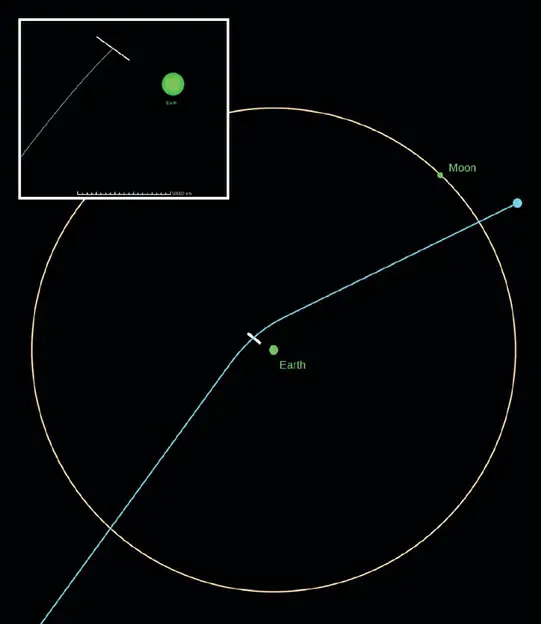In the realm of near-Earth asteroids (NEAs), 99942 Apophis has garnered significant attention since its discovery in 2004. This small asteroid, part of the NEA population that includes Atens, Amors, and Apollos, represents a potential impact hazard for Earth. Apophis’s initial trajectory calculations indicated a worrying 1 in 37 chance of colliding with Earth on April 13, 2029, scoring a 4 out of 10 on the Torino Impact Hazard Scale.
Prompt and dedicated observational efforts by astronomers using facilities like the Arecibo planetary radar in Puerto Rico helped refine Apophis’s orbit. These new data reassured the global community: Apophis will come remarkably close to Earth, within just two to three Earth diameters, yet it will not make an impact. Although Apophis will make another close approach in 2036, the likelihood of an impact is now considered exceedingly slim, reducing its Torino Scale score to 0.
Despite the reduced risk, vigilance remains crucial. An impact by an asteroid of Apophis’s size (about 1,000 feet or 300 meters in diameter) could have significant consequences, such as triggering massive tsunamis. Named after the Egyptian god of destruction, Apophis serves as a reminder of the importance of monitoring space for potential hazards and the need for preparedness against celestial threats.

